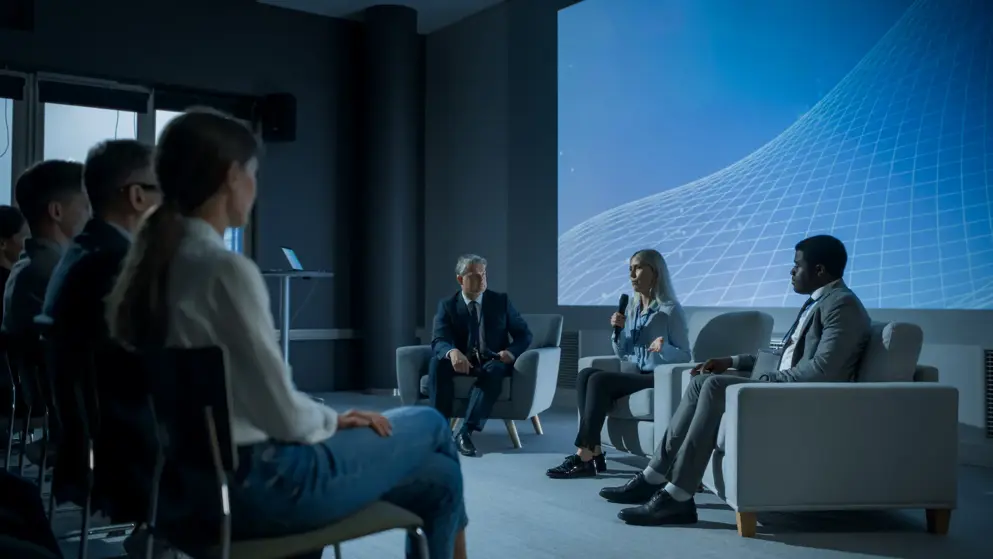
Advances in hidradenitis suppurativa
Transcript: Emerging treatments and further research
Professor Falk Bechara
Interview recorded Feb 2024, EHSF 2024. All transcripts are created from interview footage and directly reflect the content of the interview at the time. The content is that of the speaker and is not adjusted by Medthority.
The question of recurrence and the story of recurrence is quite complicated because we have to admit that until today, there's honestly no perfect definition of the word recurrence after surgery. However, we know that recurrence, if we, for example, talk about a recurring lesion within a surgical scar or in a specific distance to the surgical scar, depends on the aggressiveness of surgery, it depends a little bit on the anatomic area and also on the quality of your surgeon. So there's a huge variety in recurrence rate really ranging from 5 to 50, 60%. So it's still a very individual story and has to be explained intensely with the patient before the surgery. Well, I guess first of all, we need a clear definition because only if you have a clear definition, you can compare study data or data in the literature. And the second point is, I strongly believe in patients where you have a high inflammatory load, surgery alone is maybe not the complete solution. So we have to talk about the holistic approach, a combined approach of medical and surgical treatment.
We have to understand that after surgery, the story is not over, we are talking about the systemic disease. And so quite often patients need an additional medical treatment to control the inflammatory load. And I'm confident that this will reduce the number of recurrences significantly. Well, first of all, I think we strongly need more studies which reflect daily routine, meaning the combination of surgery and medical treatment. We have to go into studies where we can see what potentially a medication can do in regard to the surgical area and size, it may be possible to reduce the surgical size.
Then the question about recurrence, what is happening to patients who have the combination? These are very interesting studies. And I also see a trend to more maybe lesion-adapted therapy, meaning, so we step away a little bit from those extensive aggressive prophylactic surgeries. I mean, if they are necessary, they have to be done. But to go more to an identification of really irreversible, destructive tissue, makes surgeries as small as possible. And I think that's the direction where the studies and the story is going.
Updates in your area
of interest
of interest
Articles your peers
are looking at
are looking at
Bookmarks
saved
saved
Days to your
next event
next event
This content has been developed independently of the sponsor, UCB Biopharma SRL, which has had no editorial input into the content. EPG Health received funding from the sponsor in order to help provide its healthcare professional members with access to the highest quality medical and scientific information, education and associated relevant content. This content is intended for healthcare professionals only.

